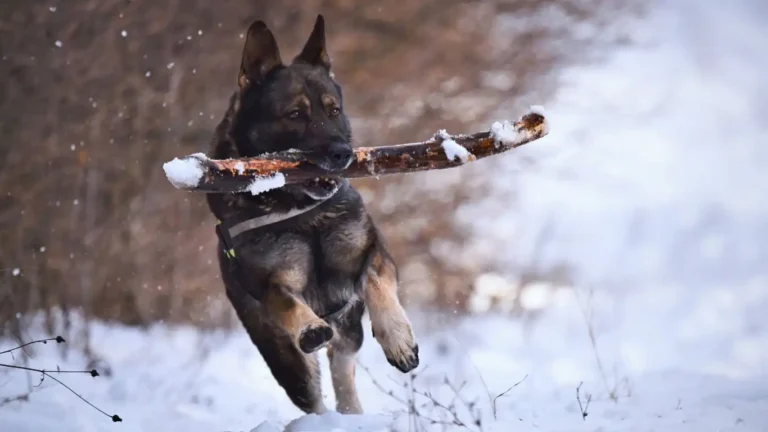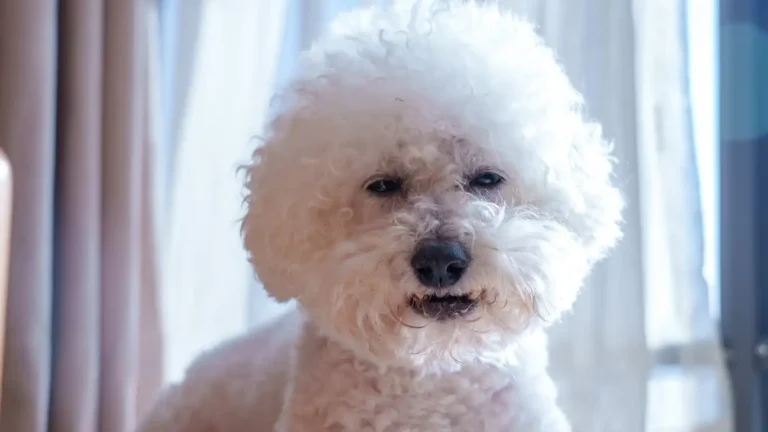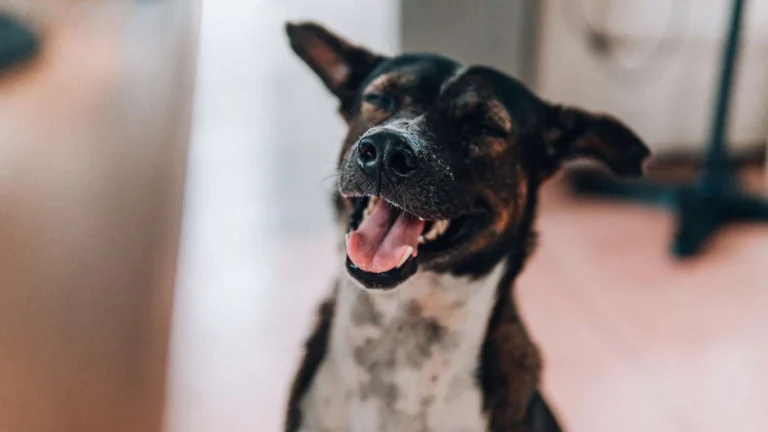Simplify Life: How to Create a Morning and Evening Dog Care Routine
If you’re wondering how to create a morning and evening dog care routine that keeps your pup thriving, you’re not alone. As a vet tech who’s worked closely with hundreds of pet parents, I can’t tell you how many times I’ve seen confusion around what a good daily routine actually looks like. The truth is—dogs love predictability, and a well-structured day can make a massive difference in both their behavior and health. Whether you’re raising a rambunctious puppy or caring for a senior dog with a picky appetite, creating consistent routines can help reduce anxiety, build trust, and even make vet visits easier down the line.
Why Dogs Thrive on Routine

One of the first things I learned in my early vet tech days—besides how to hold down a wiggly lab for a nail trim—is that dogs are creatures of habit. Think about it: they don’t understand calendars or clocks, but they *do* know when breakfast is late. Having a regular schedule isn’t just about convenience; it creates a sense of safety and predictability for your dog.
Benefits of a Consistent Routine
- Improves behavior: Less barking, whining, or chewing due to boredom or uncertainty.
- Better digestion: Regular mealtimes can reduce stomach upset or food guarding behaviors.
- Reduces anxiety: Especially helpful for rescues or dogs with nervous tendencies.
- Strengthens your bond: Consistent routines reinforce your role as a trustworthy caregiver.
I’ve had clients tell me their dogs literally walk over to the treat cupboard at 8 PM on the dot, waiting for their bedtime biscuit. They *know*. Dogs are smarter and more intuitive than most give them credit for.
How to Create a Morning and Evening Dog Care Routine

Start with Your Dog’s Needs and Energy Levels
Let’s be real—no two dogs are the same. A high-energy border collie and a sleepy old bulldog have very different needs. In my experience, your dog’s routine should reflect their life stage, breed traits, and overall health. Morning routines might include a brisk walk for younger dogs, while seniors may benefit more from gentle stretches and a slower start.
- Morning potty break: Don’t skip this. Even if you’re groggy, your dog has been holding it all night. A quick trip outside helps prevent accidents and kickstarts their day.
- Mealtime: Feed them around the same time every morning. As someone who works with dog nutrition, I recommend avoiding free feeding—it leads to picky eaters and inconsistent digestion.
- Movement: Whether it’s a short play session or a full walk, let them burn off some energy. Trust me, it’ll save your shoes from being a chew toy later.
Evenings Are for Winding Down
Just like us, dogs need a wind-down routine. I’ve found that dogs who go through a relaxing sequence before bed tend to sleep better and bark less at 2 AM.
- Evening walk: A slow-paced walk helps them decompress. It also gives them a final chance to do their business.
- Light grooming: Brushing not only keeps their coat healthy, it also gives you a chance to check for ticks or skin issues. Plus, most dogs learn to enjoy this quiet bonding time.
- Final potty break: Make sure this is part of the routine, even if it’s just a quick trip outside.
- Bedtime signal: Whether it’s a treat, a cuddle on the couch, or a specific command like “Go to bed,” giving them a clear signal helps them settle in for the night.
Personal Tip: Make It Work for You Too
I always tell my clients—your dog’s routine should complement your lifestyle, not complicate it. When I worked 12-hour shifts at the clinic, I adjusted walk times to early morning and late evening, and used puzzle feeders during the day to keep my dog mentally engaged. The goal isn’t perfection; it’s consistency and intention.
Reading Your Dog’s Cues
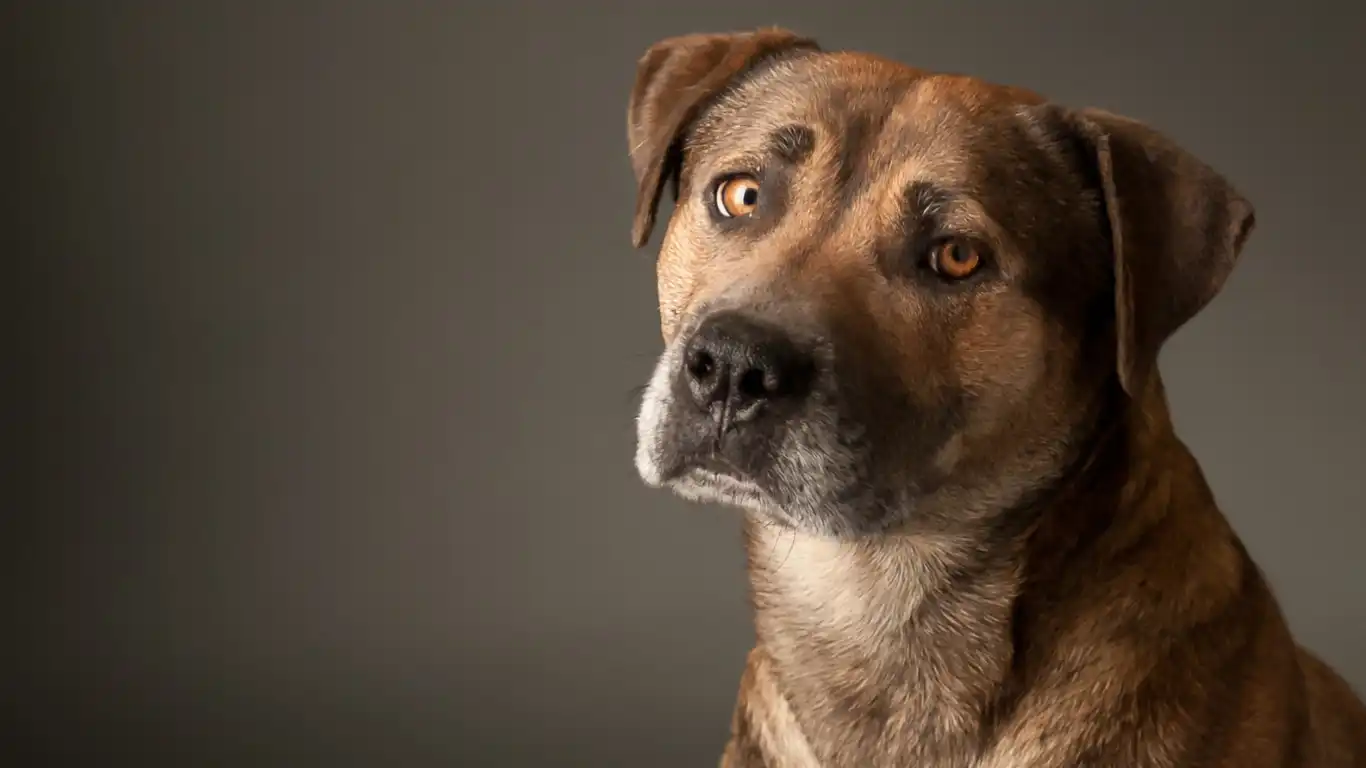
Not every day will go exactly as planned—life happens. But dogs are incredibly observant. If they start pacing in the evening or whining by the door in the morning, they’re telling you something. A huge part of being a good dog parent is tuning into those subtle cues. Trust me, when you start noticing their patterns, it’s like learning a whole new language. It’s one of the most rewarding parts of the job—and pet ownership in general.
Tools That Make Routines Easier

Okay, let’s talk tools. You don’t need to break the bank on gadgets, but a few smart choices can make your life way easier. When I was juggling two dogs and a full-time clinic job, automation was my best friend. Timed feeders? Total lifesaver. Not only did they ensure my dogs ate on schedule, but they also helped with portion control—super important if you’re managing weight or specific diets (which, as a vet tech with a nutrition specialty, I’m all about).
Must-Have Tools for Daily Dog Routines
- Automatic feeders: Perfect for keeping feeding times consistent, especially if your mornings are hectic.
- Smart water fountains: Keeps water fresh and flowing—encourages hydration, especially in picky drinkers.
- Puzzle feeders: My go-to for mental enrichment, especially during the evening wind-down period.
- Routine apps: Yup, there are apps for dog routines! Great for reminders and tracking meds or potty breaks.
One client of mine had a golden retriever that was *super* food-driven and anxious. Switching to a puzzle feeder for meals completely transformed their evenings. The dog got mental stimulation, slowed down while eating, and chilled out more after dinner. Small tweak, big result.
Adapting Routines for Life Changes
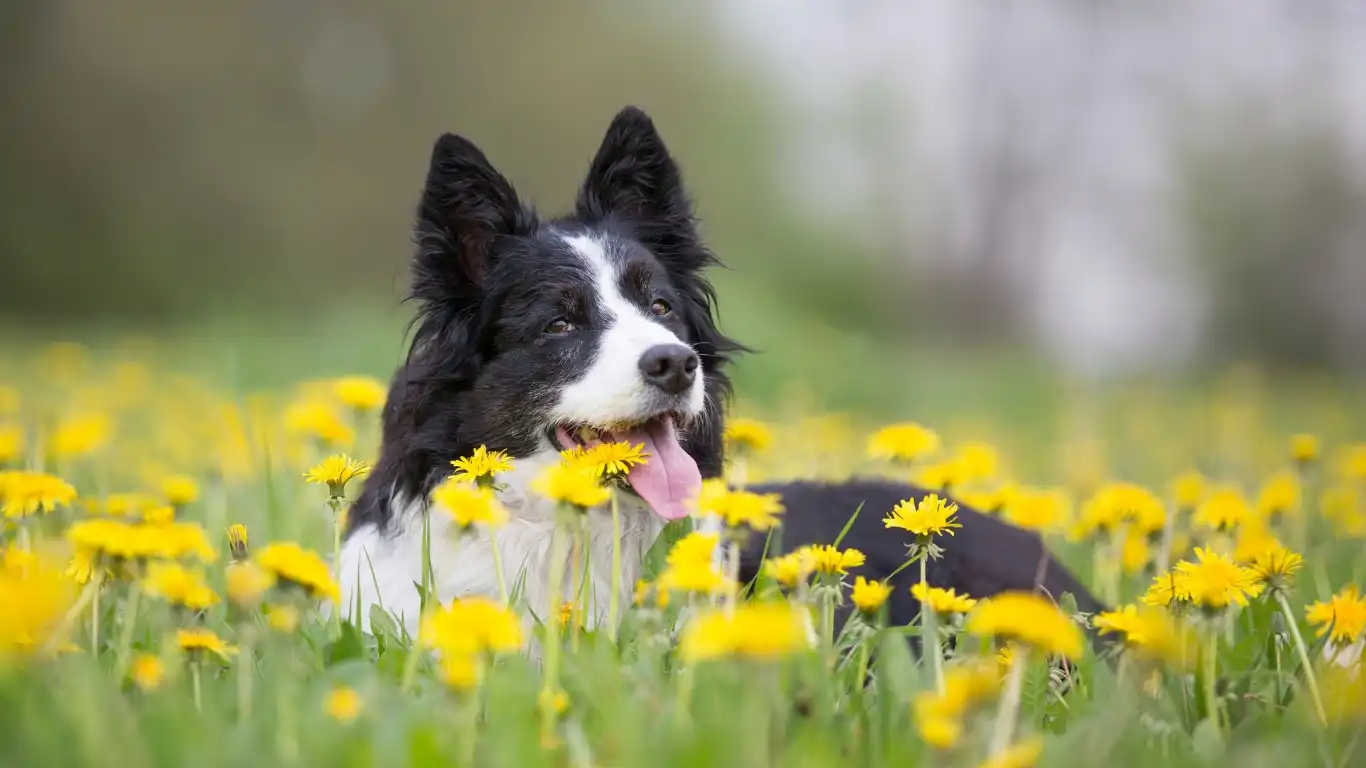
Now here’s the thing—life changes. We move, our work schedules shift, kids go back to school. It’s totally okay for your dog’s routine to evolve too. The key is to adjust *gradually*. Sudden changes can throw some dogs off, especially if they already have anxiety or behavioral challenges.
Tips for Smooth Transitions
- Shift in small increments: If you’re changing feeding times, move it by 15-minute intervals over several days.
- Keep anchor points: Stick to familiar cues like morning potty time or bedtime brushing—even if the timing shifts.
- Use positive reinforcement: Lots of praise and maybe a tasty treat when they handle changes well.
One time, I fostered a rescue that had clearly never had any sort of routine. We started small—same time potty breaks and meals each day. Within two weeks, his anxiety reduced, and he stopped pacing at night. Routines literally gave him a sense of safety. It was beautiful to watch.
Including Health and Nutrition in Your Routine

Nutrition (of course!) plays a huge part in your dog’s day-to-day health. As someone who’s helped develop custom feeding plans in-clinic, I can’t stress enough how important it is to weave your dog’s nutritional needs into their daily rhythm. Don’t just “feed and forget.”
Daily Health Check-ins
Morning and evening are perfect times for mini wellness check-ins. These don’t need to be full-on exams, but just quick once-overs to make sure nothing’s off. I usually tell pet parents to run through this mental checklist:
- Eyes: Clear? Not red or goopy?
- Nose: Moist, not cracked or runny?
- Paws: No limping or licking more than usual?
- Coat & skin: Any new bumps, bald patches, or flaky spots?
And when it comes to meals, use that time to notice changes in appetite. A dog who skips a meal here and there may just be tired or distracted, but consistent changes can be an early sign something’s up. Trust your gut—and if you’re not sure, a quick vet visit is always the safe bet.
Supplements and Medications
If your pup is on daily meds or supplements, building them into your morning or evening routine helps avoid missed doses. I usually suggest pairing meds with a consistent trigger—like right after breakfast. It becomes second nature that way, both for you and your dog.
One of my older patients, a 12-year-old pug, was on a joint supplement and thyroid med. We tied his pills to his post-breakfast snuggle time, and he got so used to it he’d nudge the pill box if we were running late. Smart little dude.
Making Routines Fun (Not a Chore!)

I get it—when people hear the word “routine,” they picture rigid schedules and stress. But routines don’t have to be boring or exhausting. In fact, your dog will enjoy them more if you add a little variety within the structure. Keep it fun, keep it flexible, and keep it about connection.
Ways to Add Joy to the Routine
- Switch up walking routes: New smells, new sights = mental enrichment without any extra effort.
- Incorporate training games: 5-minute sessions during your morning coffee can reinforce good behavior and burn energy.
- Use mealtime as bonding time: Hand-feeding or using food-dispensing toys can strengthen your relationship.
At the end of the day, your dog doesn’t care if their routine is Pinterest-perfect. What matters is that it’s consistent, loving, and tailored to their needs. If you’re showing up for them every day in small ways, that’s what builds trust. And from someone who’s spent years watching that trust turn into better health and behavior—it’s totally worth it.
Building Long-Term Success With Your Dog’s Routine
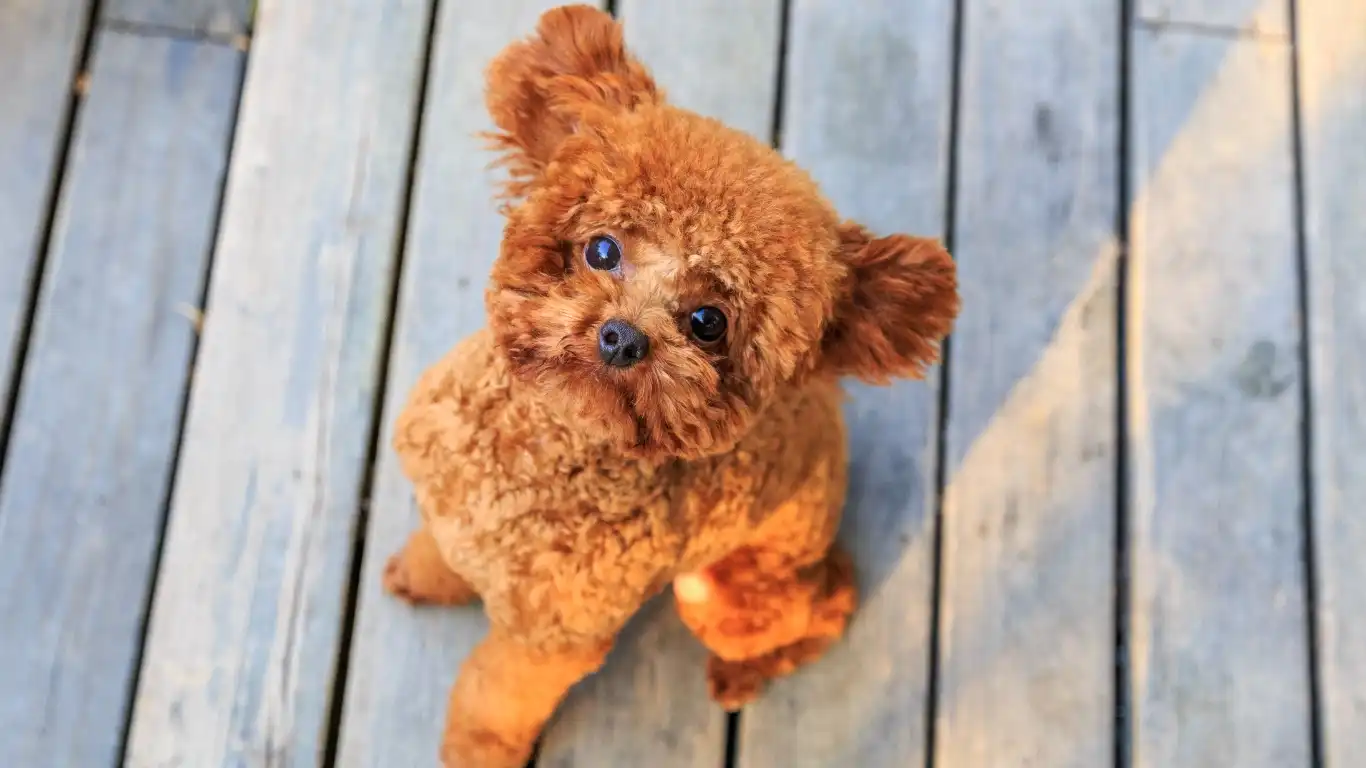
By now, you’ve probably realized that learning how to create a morning and evening dog care routine is less about perfection and more about rhythm. And once you’ve nailed down what works for both you and your pup, something pretty cool starts to happen—it becomes second nature. I’ve had pet parents tell me that after a few weeks of following a consistent schedule, their dog seems calmer, more attentive, even easier to train. That’s no accident.
Consistency builds confidence, not just for your dog, but for you as the pet parent. The less guesswork you have to deal with, the easier it becomes to spot problems early, adjust to changes, or just enjoy daily life with your dog more fully. Routines aren’t just about the basics—they’re about creating a life together that feels safe, joyful, and intentional.
Reinforcing Positive Habits
- Be patient with yourself and your dog: You’re not going to get everything right overnight—and that’s okay!
- Track patterns: Use a simple notebook or app to jot down when your dog eats, potties, or seems extra tired or energetic. Patterns tell a story.
- Reward calm behavior: Whether it’s settling before bedtime or waiting patiently for dinner, reinforcing those quiet moments pays off big time in the long run.
One of the rescue pups I fostered had major separation anxiety. We built a super simple routine—morning walk, meal, calming crate time with a treat. Within a month, his anxiety had gone from full-blown panic to him sleeping peacefully while I ran errands. It didn’t happen overnight, but the routine was key.
Customizing for Special Needs
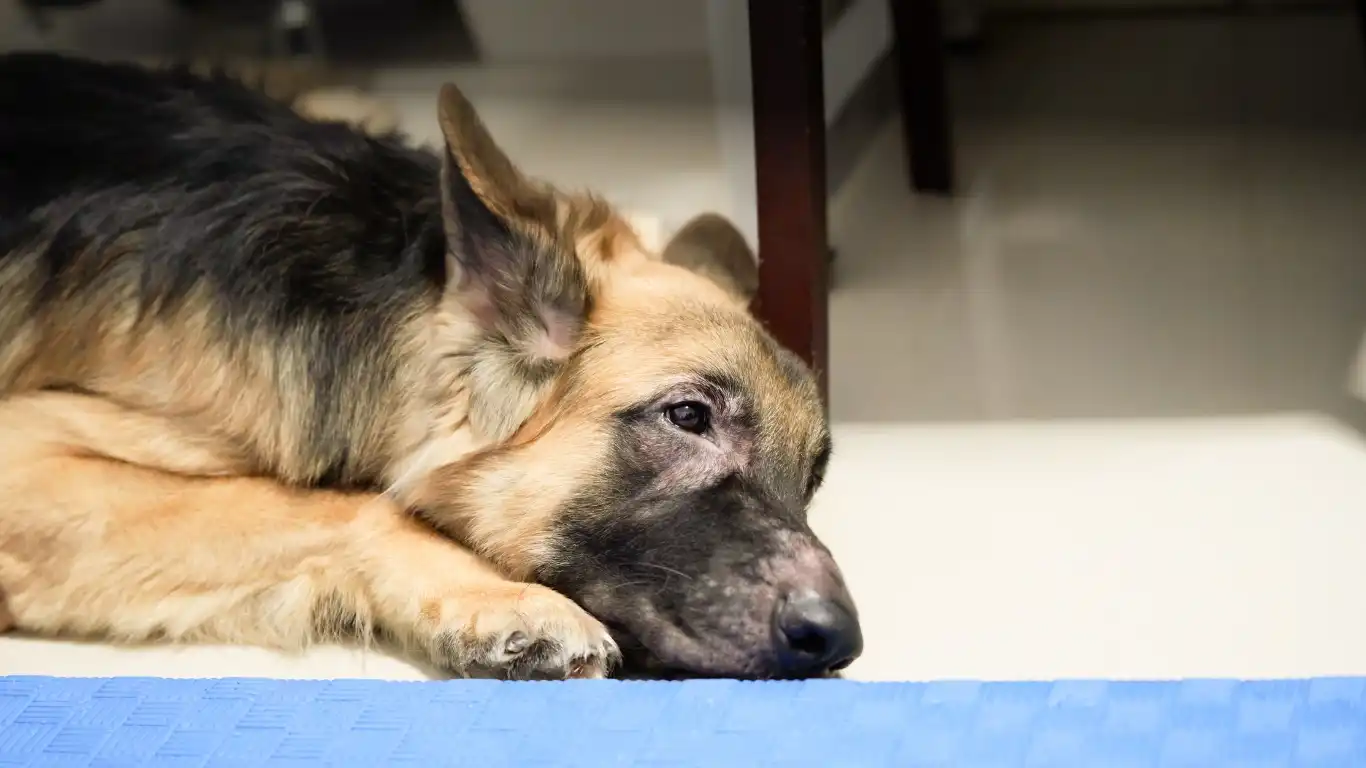
Not all dogs are created equal, and neither are their routines. Senior dogs, puppies, dogs with chronic illness or disabilities—they all need tweaks to the typical plan. And that’s where your knowledge and observation really shine. The best routines are the ones that evolve with your dog’s changing needs.
For Senior Dogs
Older pups often need shorter walks, longer rest periods, and a more joint-friendly diet. I always recommend breaking up exercise into smaller chunks and adding some gentle stretching or massage into the evening routine. It doesn’t just help physically—it’s a sweet bonding moment too.
For Puppies
Puppies? Think structure with a side of chaos. They need more frequent potty breaks, mini training sessions sprinkled throughout the day, and *lots* of naps. Keep the routine flexible but grounded in consistency—it’s the secret sauce to quicker potty training and fewer shredded slippers.
For Dogs with Medical Conditions
If your pup has a condition like diabetes, kidney disease, or allergies, your routine has to include regular medication, scheduled feedings, or even home-cooked meals. As a vet tech who’s helped dozens of owners manage complex conditions at home, my biggest advice is this: lean on your veterinary team. You don’t have to figure it all out alone.
Making the Routine Sustainable
Real talk—life happens. Some days you’re going to miss a walk, forget the supplements, or realize you’re out of kibble at 9 PM. Don’t beat yourself up. A sustainable routine is one that bends without breaking. Build in backup plans. Have a dog walker on standby. Keep extra food and meds stocked. Share responsibilities with your partner, roommate, or even a trusted neighbor.
One thing that’s helped me and many clients is building routines around existing habits. If you drink coffee every morning, take your dog out while it brews. If you watch a show every night, turn the pre-show into brushing or grooming time. Pairing dog care with your own rhythm makes it easier to maintain without feeling like extra work.
References
Disclaimer
This article is intended for informational purposes only and does not replace professional veterinary advice. Always consult with your veterinarian before making changes to your pet’s diet, routine, or healthcare regimen.


